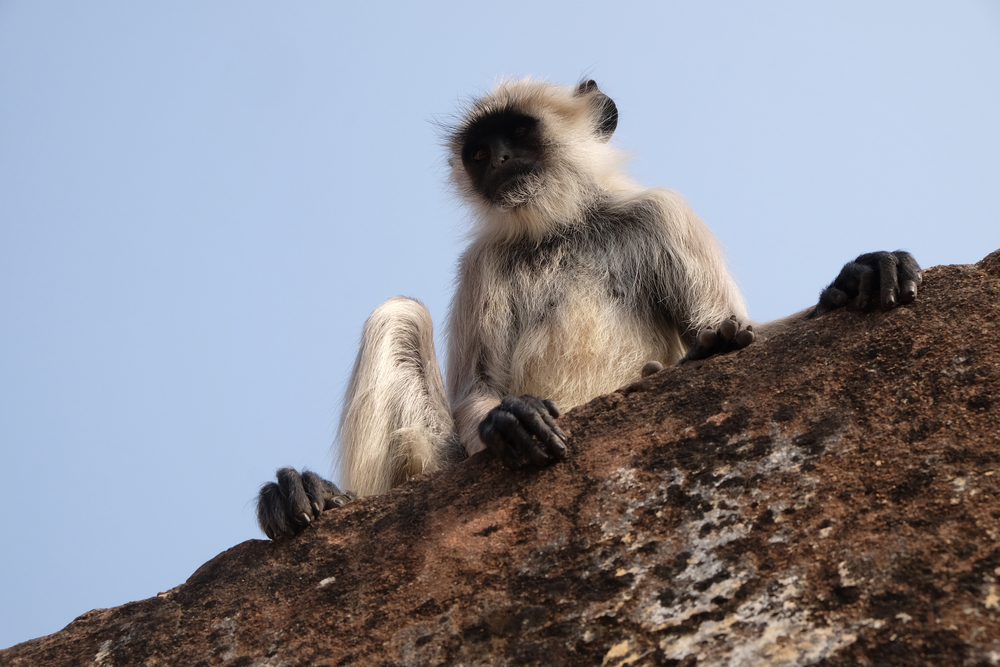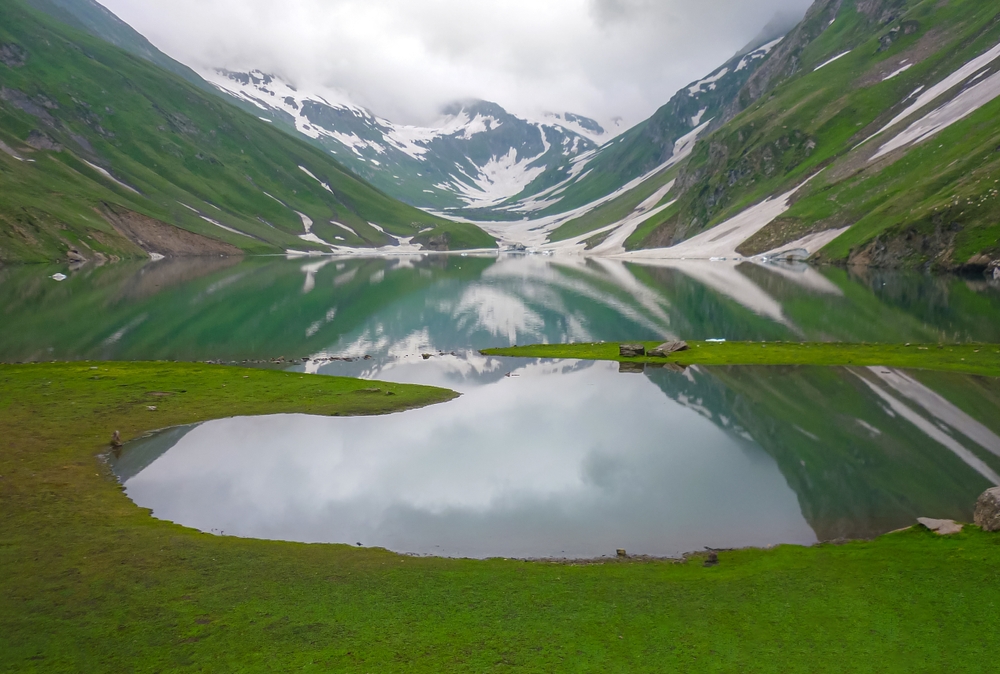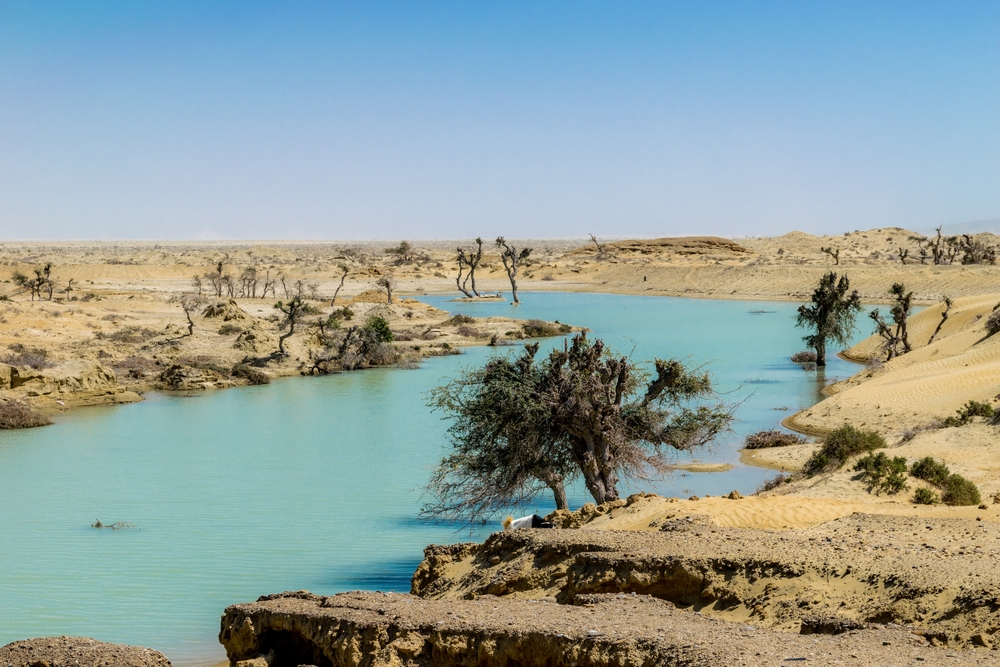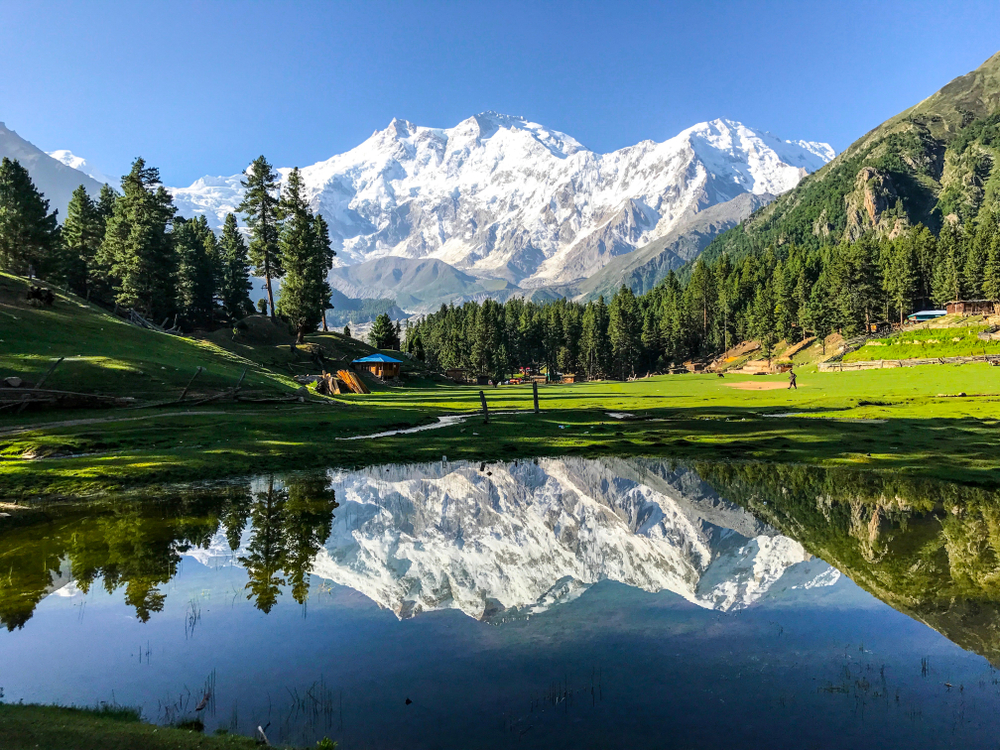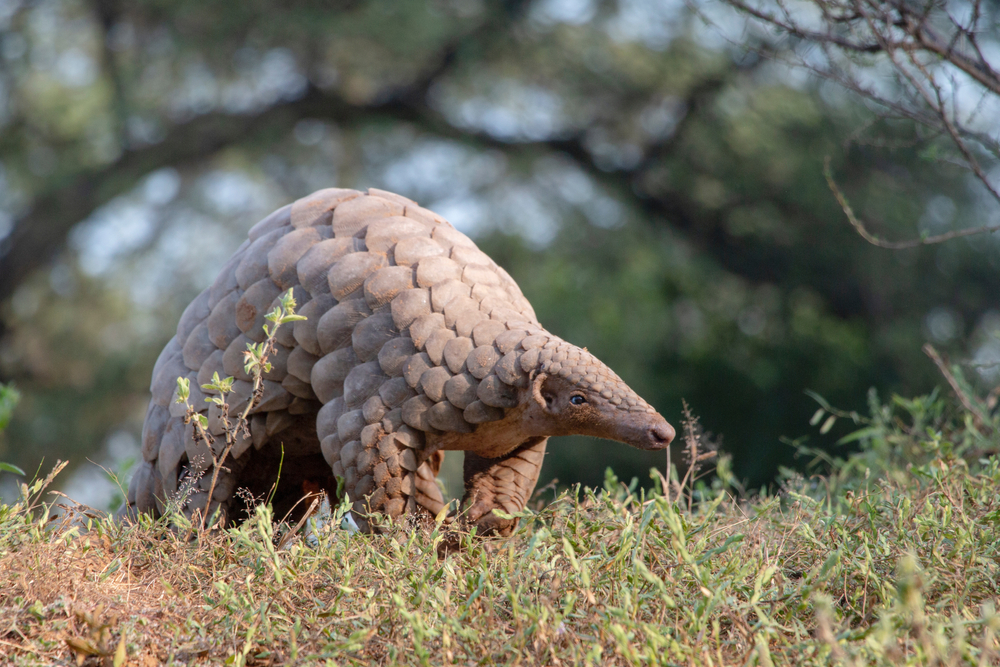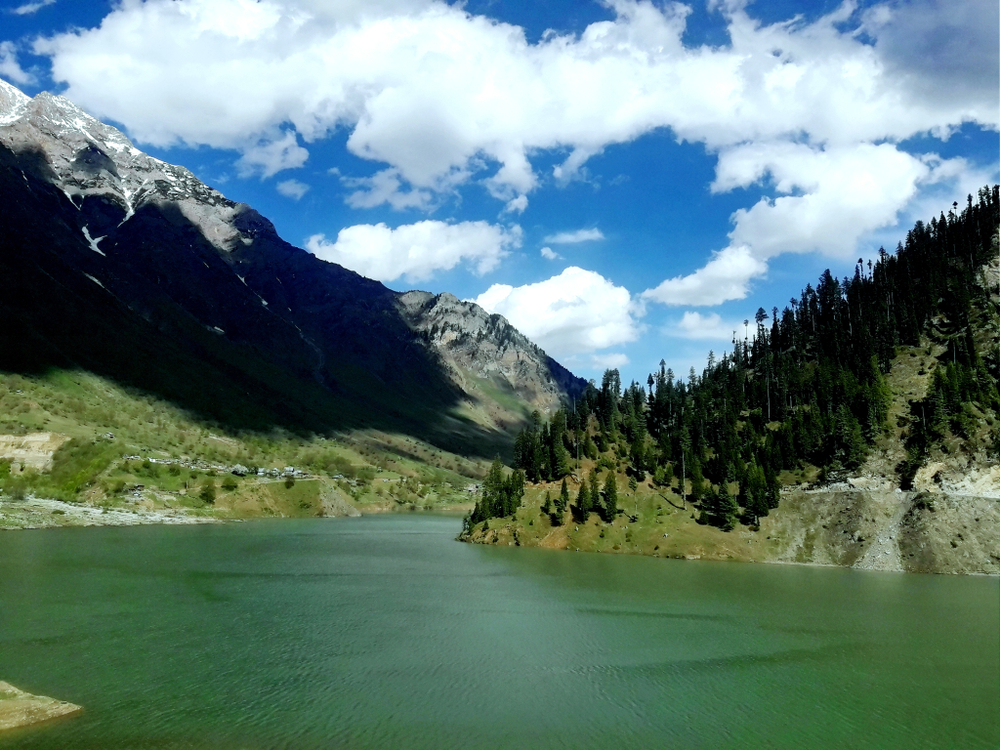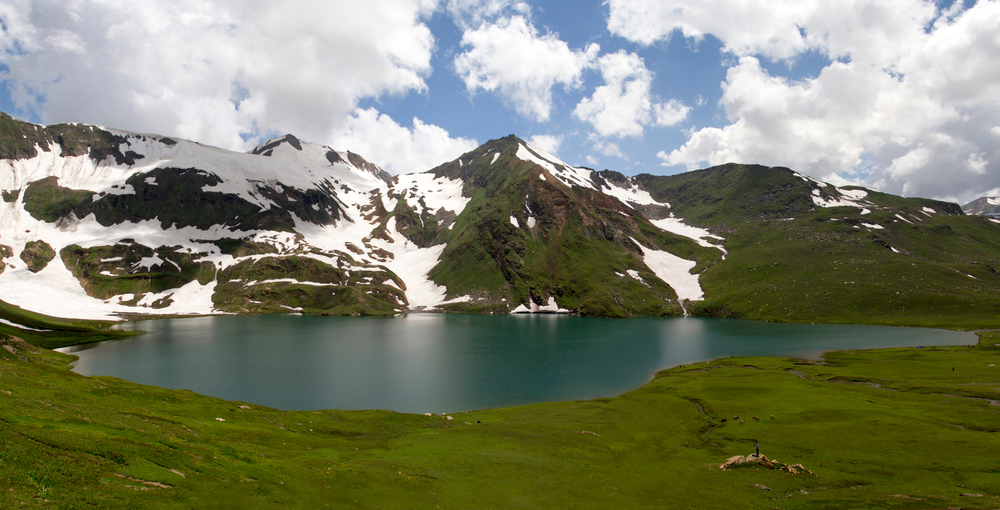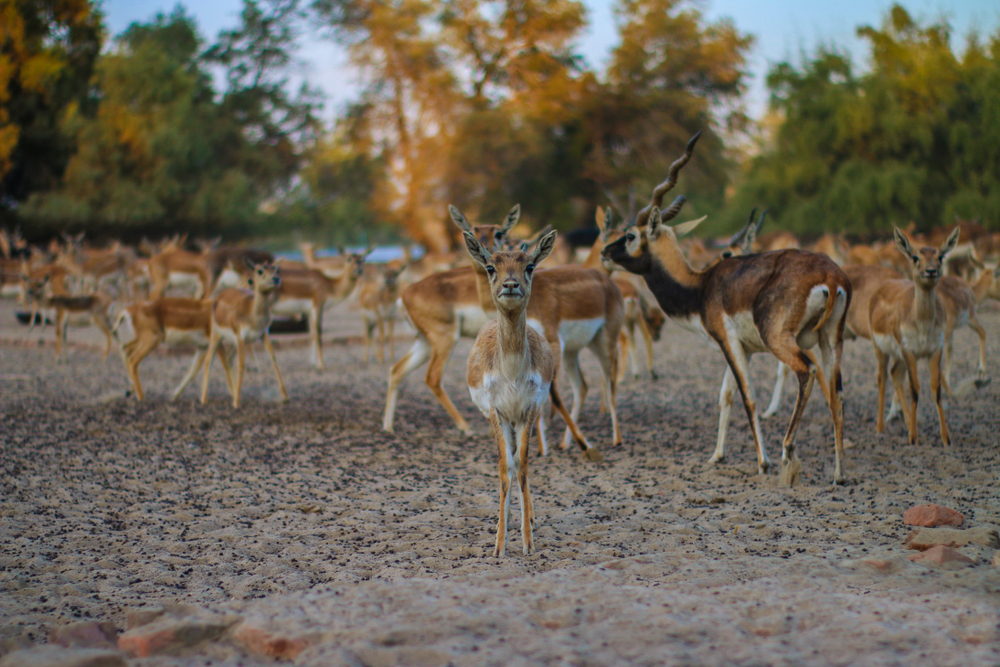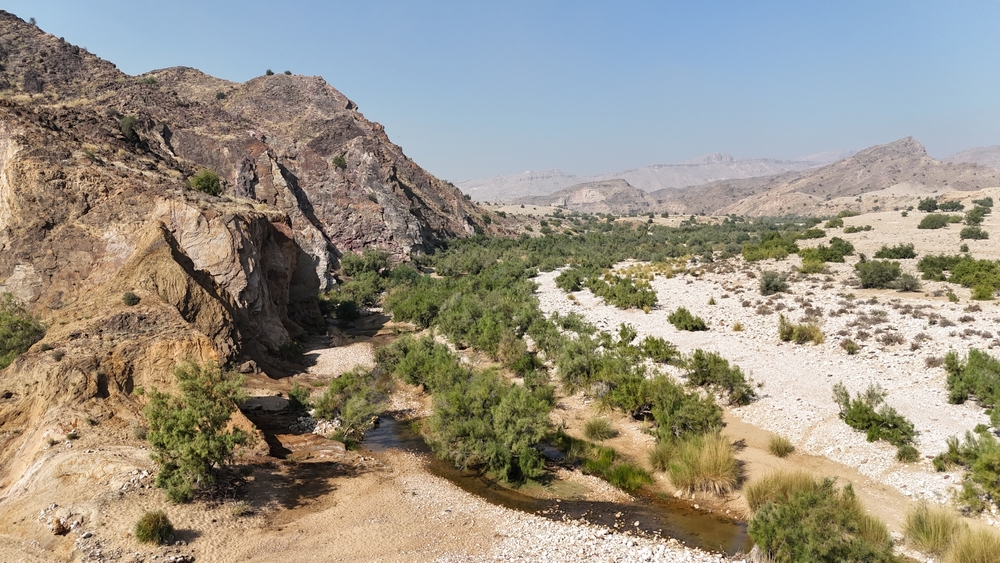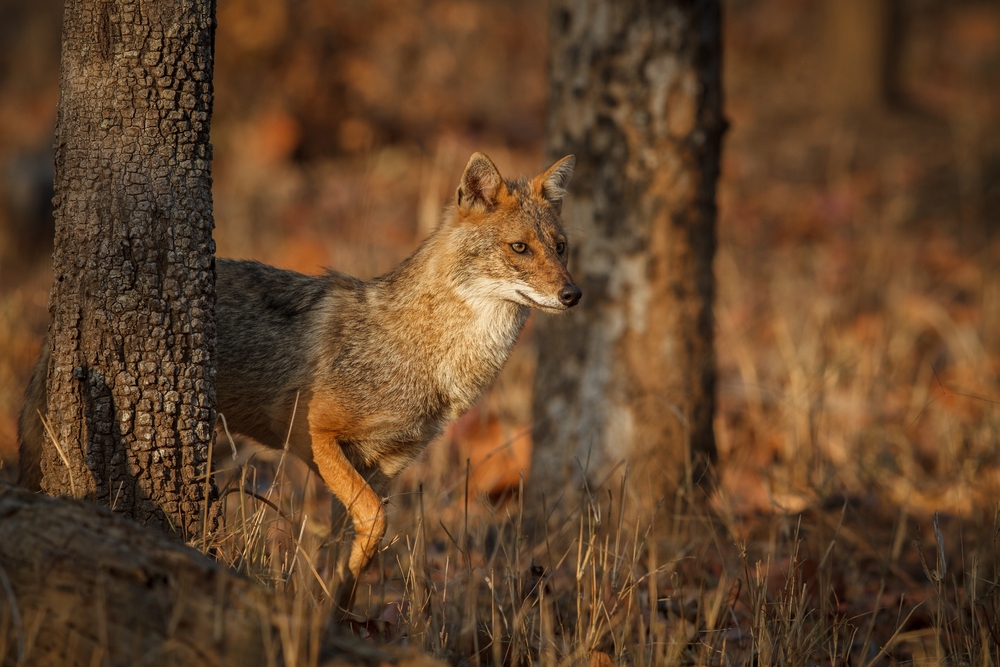Machiara Overview
Machiara National Park, locally known as ماچھیارہ نیشنل پارک, is a lush and mountainous protected area located in the Muzaffarabad District of Azad Jammu and Kashmir, Pakistan.
Spanning approximately 131 square miles (339 square kilometers), the park lies within the western Himalayan region and forms part of the globally significant Western Himalayan Broadleaf Forest ecoregion. Established in 1996, Machiara serves as a vital refuge for numerous rare and endangered species while offering some of the most verdant landscapes in the region.
The terrain of Machiara National Park is dominated by steep forested slopes, deep valleys, and flowing streams that descend from the high-altitude peaks of the Himalayas. Elevations in the park range from 5,000 to over 13,000 feet (1,500 to 4,000 meters), resulting in a diversity of climate zones and vegetation types.
Dense forests of deodar cedar, blue pine, Himalayan oak, and horse chestnut cover much of the area, providing both beauty and essential habitat. During spring and summer, the park bursts into color with flowering shrubs and alpine plants, while snow blankets higher elevations in winter, creating a dramatic seasonal transformation.
The rich biodiversity of Machiara National Park is one of its defining features. It is home to the endangered Himalayan brown bear and the elusive snow leopard, both of which inhabit the higher, more remote areas. Other notable mammals include the leopard, Kashmir gray langur, yellow-throated marten, and Himalayan musk deer.
The park also supports a diverse bird population, with over 200 species recorded, including the koklass pheasant, Himalayan monal, western tragopan, and various woodpeckers and warblers. These bird species are particularly notable for their vibrant plumage and melodic calls, making the park a favorite among birdwatchers.
A key attraction of the park is its unspoiled natural environment, offering visitors a chance to explore thick forests, cascading streams, and tranquil meadows. Scenic viewpoints throughout the park offer panoramic views of the Neelum Valley and surrounding Himalayan ranges.
The park’s relative seclusion enhances its appeal to eco-tourists and those seeking peaceful immersion in nature. Cultural elements, including nearby traditional villages, add depth to the visitor experience and offer insight into local life in the region.
Visitors can explore Machiara National Park through a network of hiking and trekking trails that vary in difficulty. These trails wind through forests, across streams, and up into alpine zones, offering opportunities for wildlife sightings and nature photography.
Guided tours and community-run eco-camps provide educational experiences and promote sustainable tourism. Though basic accommodations are available, the park remains largely undeveloped, preserving its wild and remote character.
Conservation efforts in Machiara National Park focus on protecting its rich biodiversity and engaging local communities in sustainable practices. The park is part of the Himalayan Jungle Project, which has promoted community-based conservation and reforestation initiatives.
Challenges include illegal logging, livestock grazing, and human-wildlife conflict, particularly involving leopards. However, the involvement of local residents in conservation efforts has led to increased awareness and support for protecting the park’s natural heritage. Continued collaboration between government agencies and communities is essential to ensuring the long-term health of this ecologically vital region.








































































